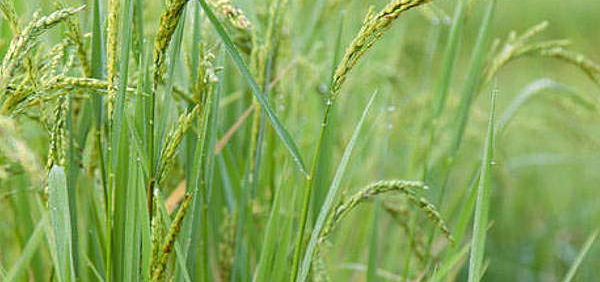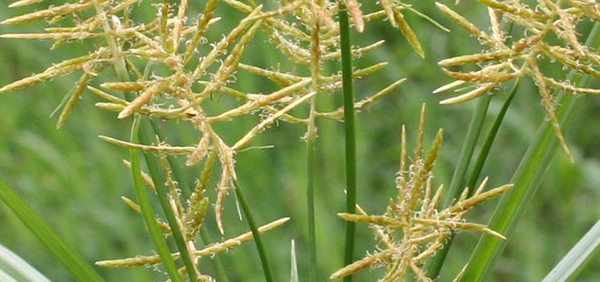badara :

General Use:
The bark is astringent, constipating and tonic, and is useful in dysentery, diarrhoea, gingivitis and boils.
The stem bark decoction is used to check diarrhea.
The leaves are febrifuge.
The leaves paste are applied on the affected portion to cure scorpion sting.
The fruit is astringent, anodyne, cooling, expectorant and stomachic.
Therapeutic Uses:
This herb is traditionally used for weakness, fatigue, debility, restlessness, hysteria and to assist in the actions of other herbs, as we believe it does in this formula. This herb contains vitamins A, B-2, C, calcium, phosphorus, iron and complex sugars. This herb is considered to nourish both the blood and the energy, which are mutually interdependent.Systemic Use:
Fruits—wild var.: astringent, anodyne, cooling, stomachic, styptic. Ripe and dry cultivated var.: mild laxative, expectorant. Seeds—antidiarrhoeal. Kernels—antispasmodic, sedative, antiemetic. Leaves—astringent and diaphoretic. Stem bark—astringent, used in diarrhoea. Root bark—juice purgative, externally applied to rheumatic inflammations and gout. Leaves and twigs—paste applied to
abscesses, boils and carbuncles and in strangury.
Administration:
Its fruits are consumed as it is. It is also made into pickles, beverages.
Its leaves or bark are made into decoction (Kashaya) – by adding water, boiling, filtered and used when hot.
The bark / leaf paste is made by drying them, grinding to fine powder, adding water and grinding again to make paste
Pharmacological:
Considered tonic, aphrodisiac, anxiolytic, hypnotic-sedative, anticancer, antifungal, anti-ulcer.
- Studies on fruit have suggested anticancer, anti-inflammatory, antiobesity, immunostimulating, antioxidant, hepatoprotective and gastroprotective properties.
- » Classification and names of badara
- » Synonyms and definitions of badara
- » Drug Properties of badara
- » Chemical Constituents of badara
- » Standardization of badara
- » Parts used and Dosage of badara
- » Morphology and Histology of badara
- » Distribution and Conservation of badara
- » Cultivation of badara
- » badara in the market
- » Medicinal Uses of badara
- » Researches and clinical trails of badara
- » badara in other sytems of medicine
- » Ayurvedic formulations with badara
- » Images of badara













